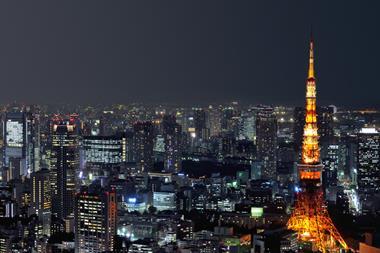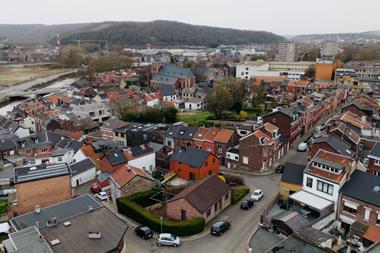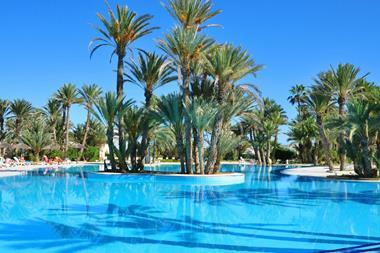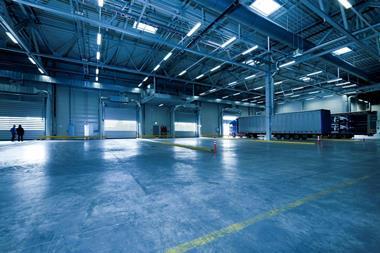Investment in China has started to lose its shine, with outflows also affected, according to CBRE.
The advisory firm’s latest ‘Asia Pacific Investment Intentions Survey’ found Chinese investors were the only group whose interest in international investments was flat compared with the previous year.
However, China remains a major source of capital among Asian investors.
The fall in investor interest, CBRE said, was due to the Chinese government’s recent move to restrict capital outflows, as well as the depreciation of the Chinese yuan.
The survey, of 341 respondents and conducted in January and February of this year, found that interest in China among international investors had fallen significantly, halving from 32% last year to just 16%.
Investors are being cautious as they monitor the Chinese economic slowdown, stock market volatility and currency depreciation.
Caution towards China is being mirrored in the wider Asia Pacific region, where there is a distinct flight to safety.
Australia has replaced China as the most attractive market, underscoring investor preference for safety.
But, overall, and despite concerns, approximately 80% of respondents said they still planned to invest in Asia Pacific.
CBRE said the actual number of respondents who planned to buy more had been trending downwards.
The survey found that only 42% of respondents intended to increase their investment, compared with 52% in 2015 and 64% in 2014.
Ada Cho, senior director of research at CBRE Asia Pacific, noted that 2016 was the second consecutive year of softening buying intentions in China.
“This is most likely due to increased concerns over the regional and global economy, high asset prices and the limited availability of assets for sale,” she said.
Given their concerns, more investors (42%) plan to invest outside their home market this year, compared with 31% in 2015.
South Korean investors retained the most positive attitude towards outbound investment, followed by Singaporeans.
Richard Kirke, managing director of capital markets at CBRE Asia Pacific, said: “The pricing of prime core assets and investors’ desire for high returns suggests investors intend to move up the risk curve this year.”
He added that institutional investors with looser return requirements would focus on prime core assets for long-term holds, whereas demand for value-added assets continued to be led by real estate funds and REITs.
Kirke expects experienced institutional investors, especially major sovereign wealth funds, to move into development projects and emerging markets for higher returns.
The survey found a rising interest in hotels and resorts – with the number of respondents showing interest jumping from just 1% to 14% of the total.
Demand in the sector is particularly strong in Australia and Japan, where weaker currencies have supported strong growth in tourism arrivals, especially from China.
CBRE said investors seeking higher yields would continue to turn to alternative sectors this year.
Real estate debt remains the most attractive asset type, followed by student housing (17%), healthcare (16%) and retirement living (16%).
Self-storage and data centres also attracted stronger interest from investors.





![CBRE Investment Management [Real Estate - Asia]](https://d15duu1h3gsd2d.cloudfront.net/Pictures/100x67fitpad[255]-90/P/Pictures/web/t/j/u/cbreimlogohorizoutlcleanedup01green_654324.jpg)






